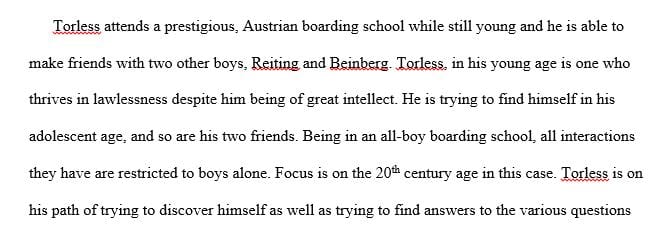Selection of the best fiction from Western Europe and Russia between 1880 and 1950
Course Objectives:
To read a selection of the best fiction from Western Europe and Russia between 1880 and 1950, using works translated from French, German, Italian, and Russian. As time permits, we shall view selections from films and graphic novel versions of several of the works.
To understand the main trends in fiction at this crisis-torn but creative period in Western literature. We start with Chekhov and Verga, who exemplify the realism and naturalism typical of fiction written in the late 19th century. The middle sections of the course turn to the two waves of innovation that turned against these trends. First comes the modernist fiction of Musil and Proust, which looked inward to explore deeper psychological issues; then comes the experimental work of Nabokov and Kafka that sought to remake the experience of reading. The course ends with three writers who responded to period’s historical crises: Zamiatin and the aftermath of the Russian revolution, Camus and the civilian experience of World War II, and Yourcenar as a pioneering female writer who dealt with similar crises.
To sharpen your skills as critical readers through discussions, a series of exercises, a course paper, and a final exam. In running from 1880 to 1950, this course begins where ENGH 360, “Continental Fiction from Goethe to Tolstoy,” ended last spring. I plan to follow this course with ENGH 362, “Global Fiction since 1950,” to be given in 2018-19.
engh_361_study_guide-2 eng_361_syllabus_
Answer preview to selection of the best fiction from Western Europe and Russia between 1880 and 1950
APA
1398 Words



